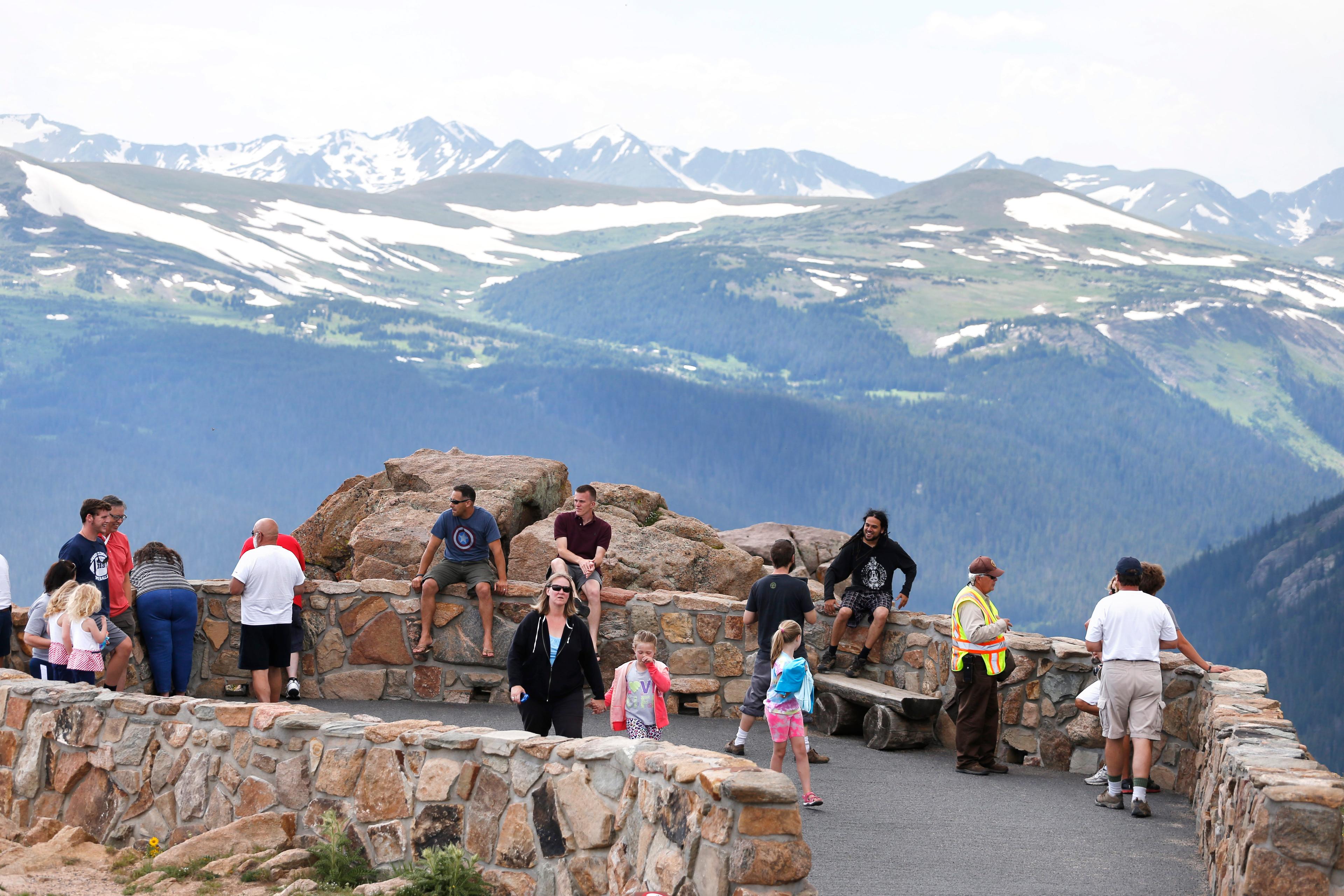

Editor's Note: This story is part of a long-term reporting project from CPR News that explores how climate change is affecting Colorado, what's being done to address those changes and more.
Paul McLaughlin says that in 20 years, Rocky Mountain National Park, "will still be a marvelous, amazing place for people to come visit and find inspiration."
But that's not to say the future experience will be exactly the same as it is today for visitors. McLaughlin, an ecologist at the park, and other officials are taking an "adaptive management" approach when it comes to Rocky and the effects of climate change.
"It's shifting our thinking from only looking at the present to thinking about changes and what the future will be," McLaughlin said. "It's kind of a 'new normal,' allowing for flexibility for a number of futures, rather than trying to bring the ecosystem and species back to current conditions."
Among research being done at the park is how pikas adapt to changing temperatures, and the impact of earlier snowpack melts on water supplies.
McLaughlin spoke with Colorado Matters host Ryan Warner.
Rocky Mountain National Park ecologist Paul McLaughlin on the consequences of early snowpack melt at the park:
"If the snow is melting earlier in the season, then the water is rising earlier in the season. Then, later in the season, things tend to dry out. The creeks run low, the wetlands are drier and this has an impact on aquatic species like fish ... and it can even have an impact on agricultural users and urban users down on the Front Range."
On the impact of pine bark beetles:
"Over the last 15 years or so, we've seen about 90 percent of the areas holding pines be affected ... and even though that's less than 20 percent of the total trees, it's still -- if you're traveling around the park looking at the landscape, you're noticing the presence of a lot of dead trees."
On delivering the message about climate change in the face of political opposition:
"It's important to listen to other points of view ... what we try to do is present the facts. What we try to do is present tangible examples of how the science shows that climate change is affecting the environment in Rocky Mountain National Park -- and then people are entitled to come to their own conclusions."
Related:









